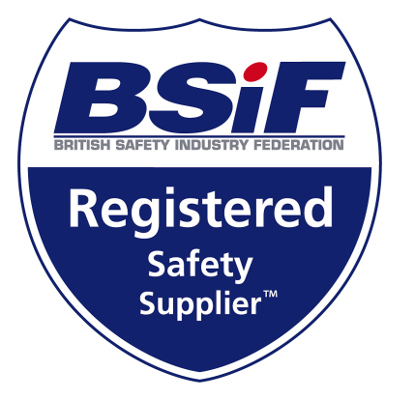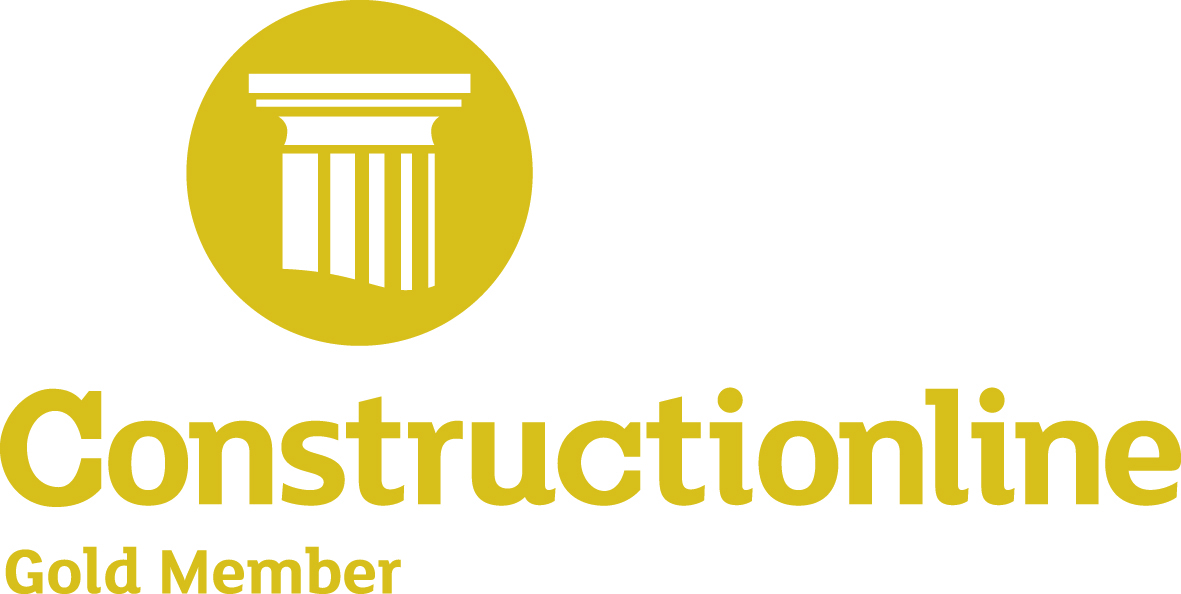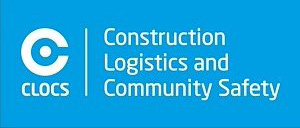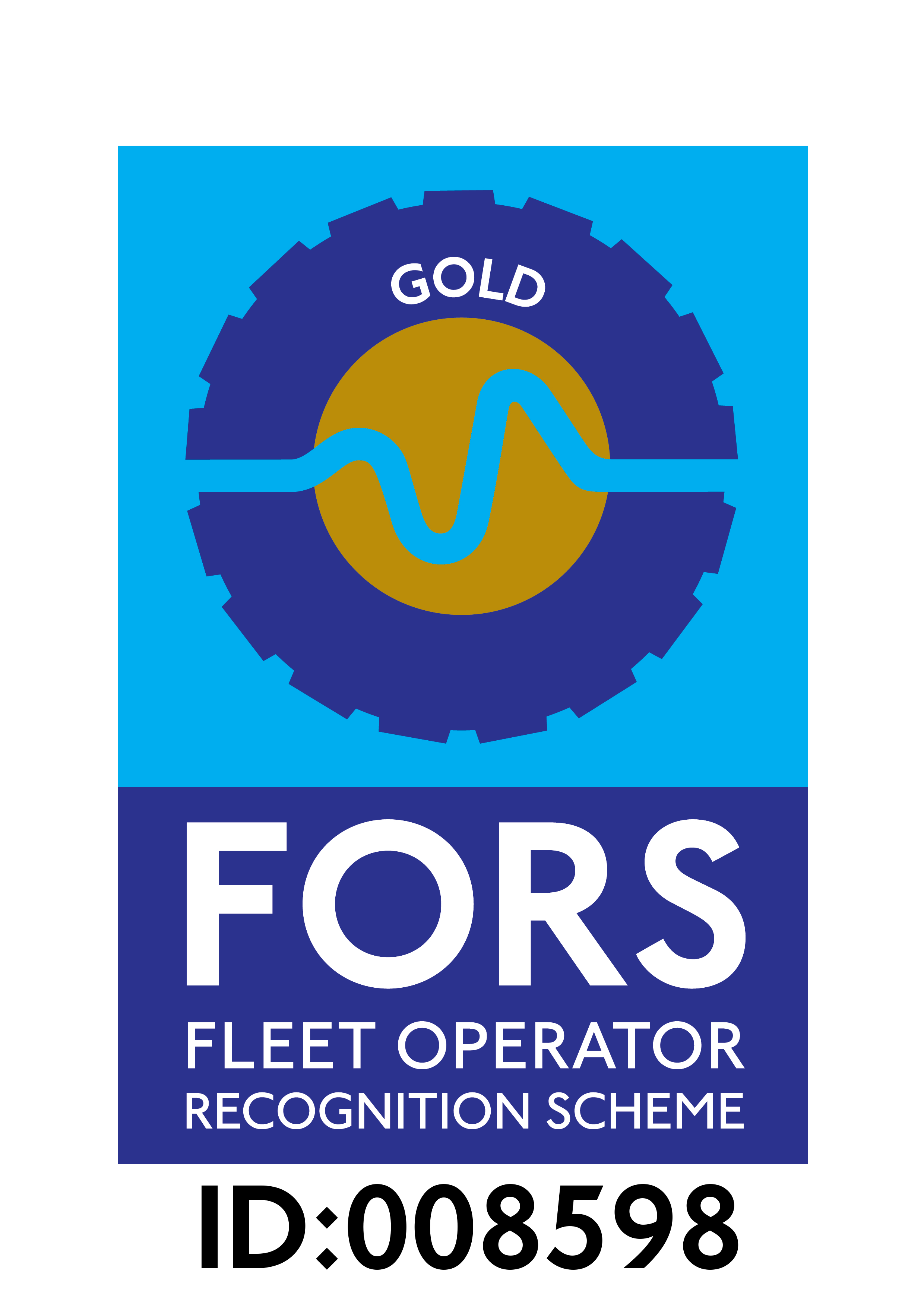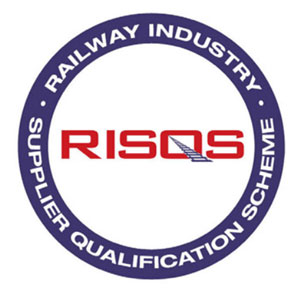Hearing Protection - Everything You Need to Know
6th January 2017
More often than not, hearing loss is the most overlooked risk on construction sites. Unlike cuts, scrapes and cold-related illnesses, hearing loss doesn’t always occur instantly, nor can it be seen, meaning that it is often ignored as a priority.
However, hearing loss is often a cumulative injury. By the time symptoms begin to occur, the damage is already done, which is why it’s important to protect your employees against the risk of hearing loss from the moment they step onsite. We’ve put together a quick and easy guide to ensuring the highest standards of hearing safety in your work environment.
What are the risks?
Most employers are unaware of how common hearing loss is in the construction industry. Last year, an estimated 20,000 workers suffered from NIHL (noise induced hearing loss) caused or made worse by their work or working environment. That’s around 62 cases per 100,000 workers – it may not seem like a lot, but the effects are life changing for those affected.
In less serious cases, employees can develop conditions like tinnitus, which can greatly impact a person’s quality to life.
How high is the risk on your site?
The first step to protecting your employees from hearing loss is to understand the level of risk in your workplace. To do so, you’ll need to know the dBA levels of all machines and areas. (For more information on dBA levels, read this guide from the HSE.) You can measure the dBA of specific machines and areas using a Digital Sound Level Metre.
It is your responsibility as an employer to measure noise levels, provide periodic medical check-ups and supply hearing protection. We have a range of hearing protection products to suit a variety of needs. What’s more, we offer specialised training to ensure that your employees know how to use it for maximum protection.
What equipment do you need to prevent hearing loss?
There are several options for helping reduce the damage noise can do on your employees’ hearing. The right PPE (personal protection equipment) can reduce the risk of hearing loss from anywhere between 20% to 70% – so it’s important to know how much you’re reducing the sound. Here are some hearing protection options that we recommend:
Ear plugs are the most affordable version of hearing protection; they are also entirely disposable, which is good for maintaining good hygiene levels onsite. Our ear plugs come in a range of levels of protection, from low to high. For work in low noise level areas, we have the Banded Foam Ear Plug, and for work in high noise level areas, you might try the Disposable Foam Ear Plug, which has a flexible cord.
Ear Defenders sit over the ear and offer around the same level of protection as an ear plug. Again, we provide a range of levels of protection, from low to high. The Centurion Baltic Ear Defender is from the lower end of our range, suitable for work in less noisy areas, while the Hi-Vis Ear Defender offers a very high SNR rating for high noise environments; the latter also gives greater visibility at night.
As well as supplying the right hearing protection, employers can also reduce the risk of employee hearing loss by taking a few administrative precautions, such as limiting the amount of time each worker spends at equipment with the highest noise levels. You can also make sure to provide a quiet space for employees, such as a staff room or canteen.
Overall, if you understand the risks and take the right action to prevent hearing loss in your workplace, you’ll ensure that your employees are safe and protected. If you’d like to speak to one of our expert team about hearing protection for your employees call us on 01293 744 710.




